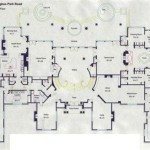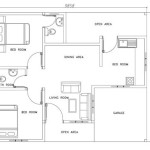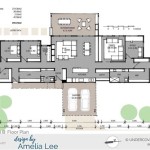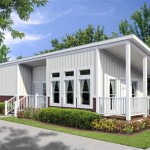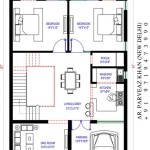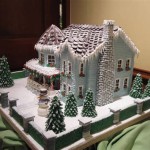Bat House Plans Alberta
Bat populations in Alberta, like many regions globally, face numerous challenges, including habitat loss and the devastating impact of white-nose syndrome. Providing bat houses offers a practical way to support these vital nocturnal insectivores. Careful consideration of bat house plans, suited specifically to Alberta's climate and the needs of its bat species, is crucial for success.
Several bat species call Alberta home, including the Little Brown Myotis, the Northern Myotis, the Big Brown Bat, and the Hoary Bat. Different species have slightly different roosting preferences, but general principles apply when designing and placing bat houses effective for multiple species.
A key factor in bat house success is temperature regulation. Alberta's climate experiences significant temperature fluctuations, from hot summers to frigid winters. A properly designed bat house will mitigate these extremes. Dark-colored exterior paint helps absorb solar radiation, increasing internal temperatures, which is crucial for pup rearing. Interior chambers with rough surfaces, achieved through grooves or mesh, provide clinging points for bats and allow for better air circulation.
Ventilation is essential to prevent overheating and moisture buildup. Small gaps at the bottom or top of the bat house, or along the sides, facilitate airflow. Avoid completely sealed chambers, as these can trap moisture and create unhealthy conditions.
Size and chamber dimensions also play a role. While larger bat houses can accommodate more bats, they may take longer to warm up in cooler weather. Typical Alberta bat house plans recommend a minimum interior height of 30cm and a width of 20cm. Multiple chambers, separated by thin wooden dividers, can create different microclimates within the house, offering bats more temperature choices.
Material selection significantly impacts a bat house’s durability and effectiveness. Untreated, exterior-grade plywood or cedar are recommended choices due to their weather resistance and breathability. Avoid treated lumber, as the chemicals used in the treatment process can be harmful to bats. Proper sealing with a non-toxic sealant can extend the lifespan of the bat house.
Placement is just as important as design. Bat houses should be mounted on a building or pole, at a height of 4-6 meters above the ground. South-facing or southeast-facing orientations maximize sun exposure, aiding in temperature regulation. Avoid placing bat houses in heavily shaded areas or locations directly exposed to prevailing winds. Proximity to a water source, like a pond or stream, is beneficial as it provides bats with access to drinking water and insects.
When mounting a bat house on a building, ensure it is securely attached and away from any artificial light sources. Exterior lights can disrupt bat roosting patterns and deter them from using the house. If using a pole mount, select a sturdy pole and ensure it is firmly anchored in the ground.
Building a bat house can be a rewarding project. Numerous online resources and organizations, such as the Alberta Conservation Association and the Calgary Zoo, offer detailed bat house plans specifically tailored for Alberta’s climate and bat species. These plans often include detailed diagrams, material lists, and construction instructions. Following these plans closely will increase the likelihood of creating a successful bat house.
Maintaining a bat house is essential for its long-term effectiveness. Annual inspections are recommended to check for damage, clean out debris, and ensure the house remains in good condition. Cleaning is best done in the late fall or early winter when bats have vacated the house for hibernation. Avoid disturbing a bat house during the active season (spring and summer), as this can disrupt roosting bats and potentially harm pups.
While providing a bat house can contribute significantly to bat conservation efforts, it’s crucial to remember that bat house occupancy can vary. Bats may take time to find and utilize a new bat house. Factors such as existing roosting sites, insect availability, and competition from other bat colonies can influence whether a bat house is occupied. Patience and continued monitoring are essential.
Creating suitable bat habitat extends beyond simply providing a bat house. Maintaining natural habitats, such as forests and wetlands, is crucial for overall bat conservation. Reducing pesticide use and promoting natural pest control methods also contribute to a healthy ecosystem for bats.
By understanding the specific needs of Alberta's bat species and following appropriate construction and placement guidelines, bat houses can provide valuable roosting sites and support healthy bat populations. This, in turn, benefits local ecosystems through insect control and contributes to biodiversity in the province.
Building Homes For Bats
Building Homes For Bats
Building Homes For Bats
Building Homes For Bats
Building Homes For Bats
Build A Four Chamber Nursery Bat Box
Building Homes For Bats

Build A Rocket House For Bats An Unobtrusive Your Neighborhood Mosquito Catchers Bat Plans

Building A 4 Chamber Nursery Bat Box How To Guide Nature Alberta Urban Initiative

Building A 4 Chamber Nursery Bat Box How To Guide Nature Alberta Urban Initiative

